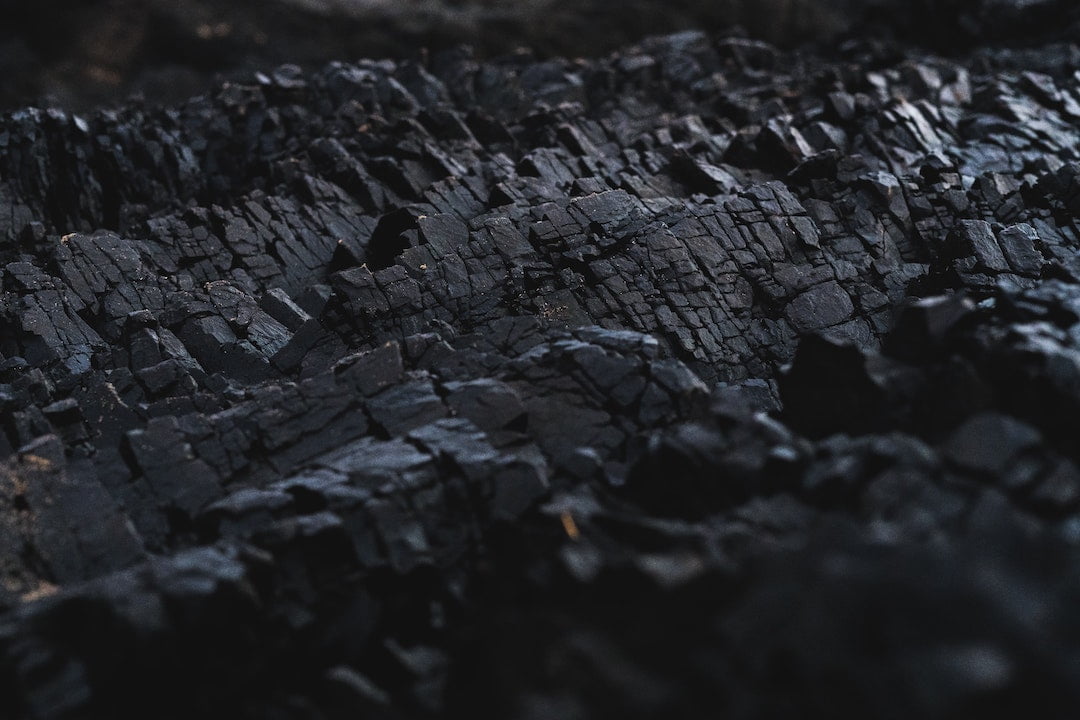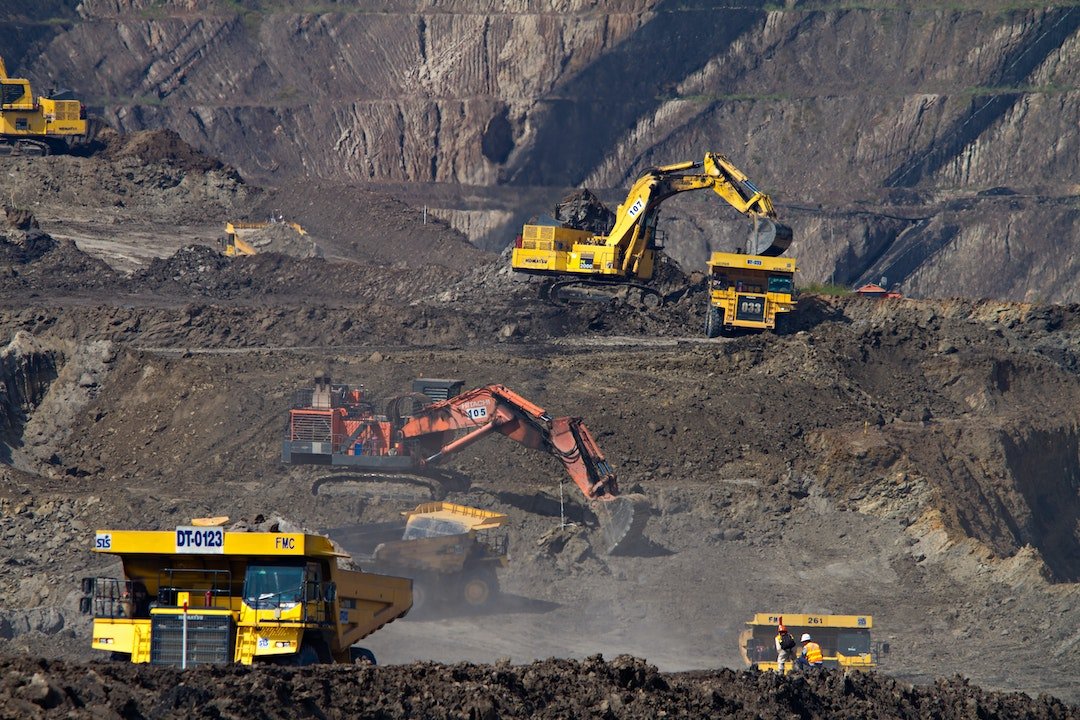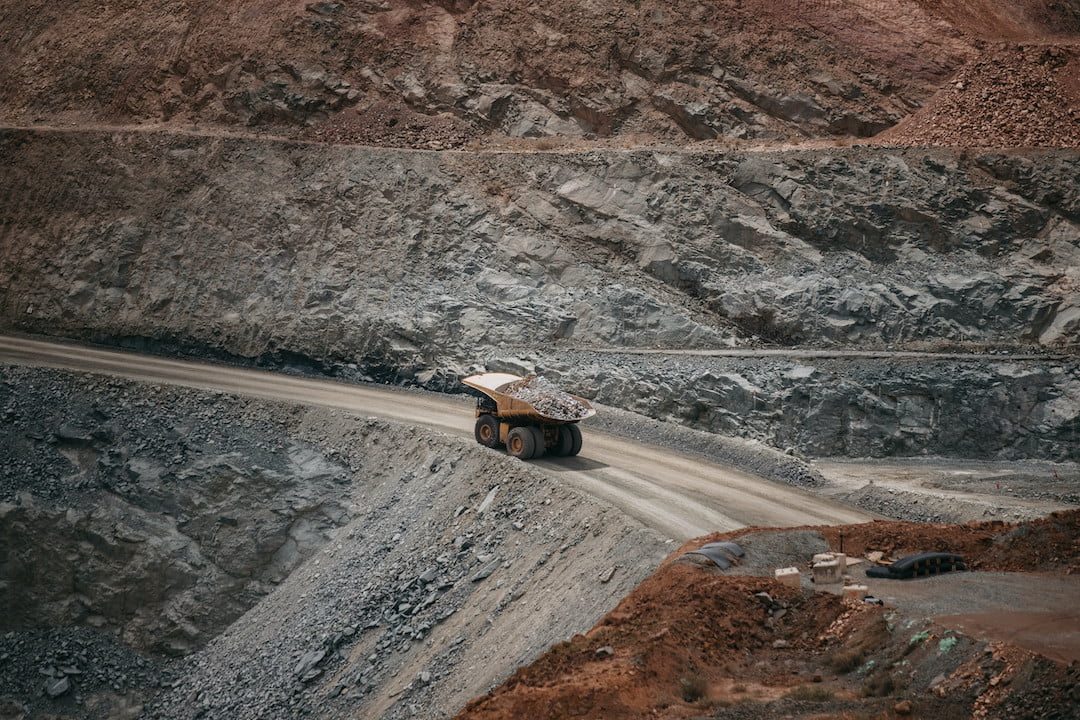It’s no secret that industries across Australia have been impacted by Covid-related challenges. However, in this new post-pandemic market, Australia’s mining industry remains as important as ever.
Now the largest exporter of iron ore in the world, and second largest exporter of coal, it’s important to consider where this massive sector is heading in 2023. With mining employment on the rise, and the number of female workers reaching record highs, the future is looking bright for the mining industry.

Environmental changes
Increased pressure from stakeholders and the general public means environmental awareness may be one of the biggest developments to the sector over the coming year. Recently, mining companies such as BHP and Rio Tinto have partnered with organisations including the Cooperative Research Center for Transformations in Mining Economies (CRC TiME) to begin making sustainable changes.
CRC TiME was only founded in 2020, but already has more than 70 industry partners, all working to address challenges surrounding sustainability and rehabilitation. CRC TiME associate professor Bryan Maybee suggests that “instead of looking at a five-year or a 10-year mine life, we actually have to start looking at much longer timeframes, taking into account the life after the mine and think about the future economic use for the land.”

Mining practices can often be environmentally unsustainable
One way this long-term environmental plan is being introduced is through CRC TiME’s Envirosuite, an environmental intelligence platform which uses data, artificial intelligence and digital technologies to prevent unnecessary environmental damage. For example, changing weather can lead to shutdowns of open pit mines. Envirosuite’s new platform allows mines to remain aware of these risks.
As the pressure for these green outcomes increases, more companies like CRC TiME will emerge to meet demands, leading to long lasting sustainability solutions.
Technological enhancements
Another area likely to see change in the mining sector in 2023 is technology. A survey conducted by GlobalData of 138 mines in early 2022 found that mines in Australia continue to have the highest level of technology – especially drones, autonomous vehicles and mine management software – being used day to day.
This is only set to increase, with a spike in the use of autonomous vehicles, leading to better safety outcomes, fewer casualties and decreased errors. In fact, Fortescue recently introduced four modified Ford vehicles to their Solomon and Chichester mines in Western Australia. Fitted with on-board vehicle automation systems, these Fords include obstacle detection, fail safe braking and fault response capability.

Transportation from the Super Pit, Kalgoorlie-Boulder © Tourism Western Australia
Hoping to expand to other mines over the coming years, Fortescue marks the start of a redefined mining transportation system. Automated vehicles eliminate the need for manual transportation, allowing workers to focus on productivity and operation of assets. They are highly significant for the future of major mining operations, but also open up the opportunity for development of skills. If successful, similar solutions can be implemented in mines across the country.
However, with such a long history of mining in Australia, operations can often be slow to adapt. Recently, Accenture opened a new innovation hub for mining in Perth, designed to help companies adjust to increased digitalisation. They tackle questions surrounding sustainability, cybersecurity and the performance of machines. The hub also includes a studio for the development of prototypes, and innovation consultancy to give businesses the best opportunity to learn and grow. With mining operations only appearing to increase over the coming months, programs like these will provide the right support to ensure the trajectory of the Australian industry, allowing the mining sector to become a global competitor in technology.
National Initiatives
Not only is mining seeing changes in environmental and technological outcomes, but increased support from educational and company partners means the industry can continue to develop, with new initiatives being introduced to secure a strong future for the sector.
One such initiative is the Resources Technology for Critical Minerals Trailblazer, which has been spearheaded by Curtin University, and also supported by The University of Queensland, James Cook University and 33 company partners across Australia. These partners have matched $50 million of government funding for a total value of $200 million, all in support of industry research.

Flagpole at the University of Queensland
The Curtin-led Trailblazer program will promote mining benefits including partnering with the industry to reduce the risks of new technology, establishing Australia as a world leader in research outcomes, and promoting a connection between industry and education.
Curtin’s Deputy Vice-Chancellor, professor Chris Moran, says the Trailblazer will succeed by listening to industry demands and delivering the right outcomes.
“The mission of the collaboration is to conduct and translate the research needed to link the value chains so desperately needed if Australia is to become a genuine international leader in efficient production of critical minerals, precursors, and ultimately, metals,” Chris says.
This program is just one way funding will continue to produce better national outcomes. Clearly, mining remains a significant part of the Australian economy and industry, with new initiatives constantly working to increase the efficiency and impact of the sector. If these current changes are any indication, the future of mining in 2023 should be a positive one.
Want to learn more about the future of mining in Australia? Click here to discover how tech innovations are reshaping the industry.

